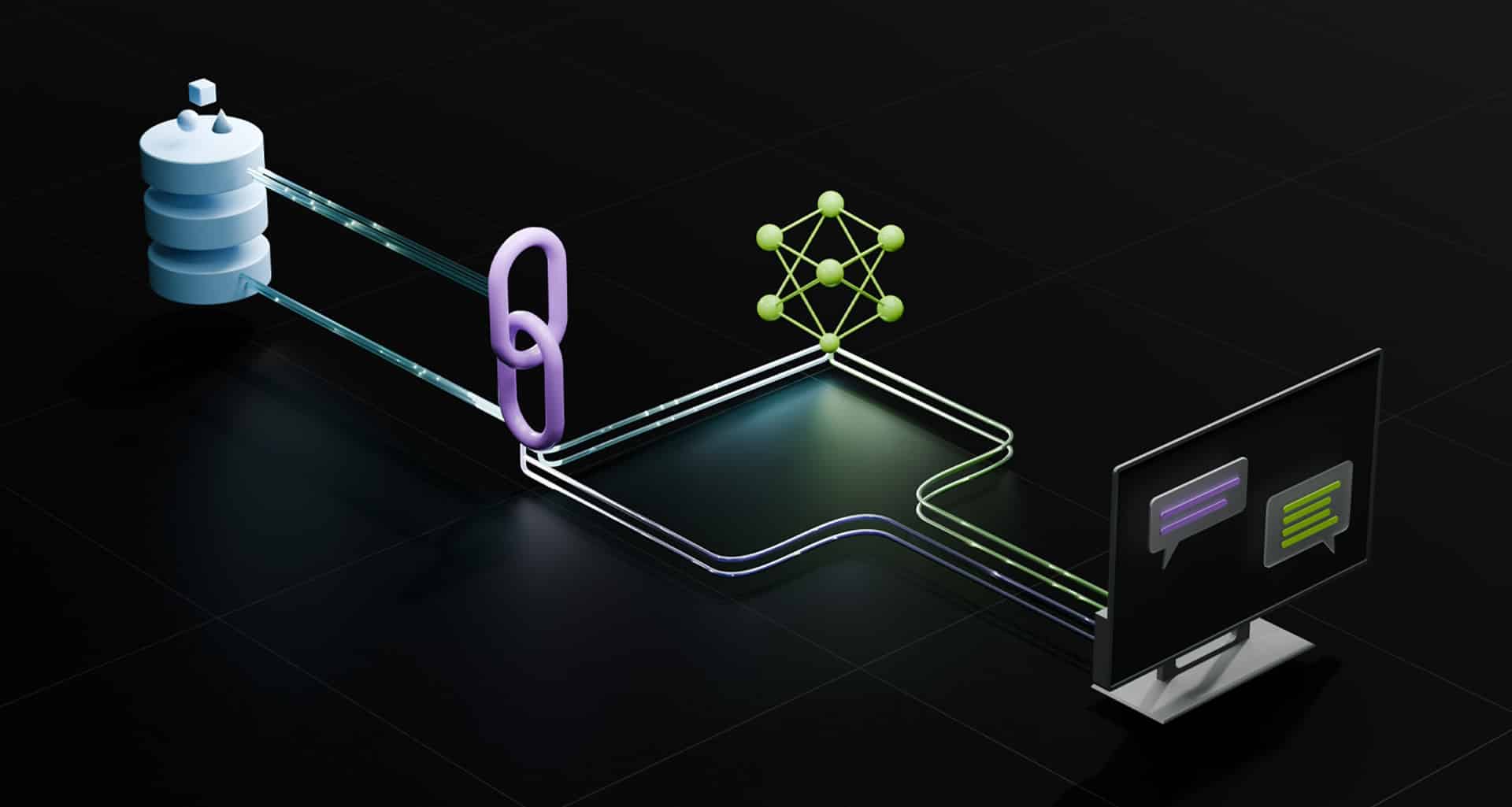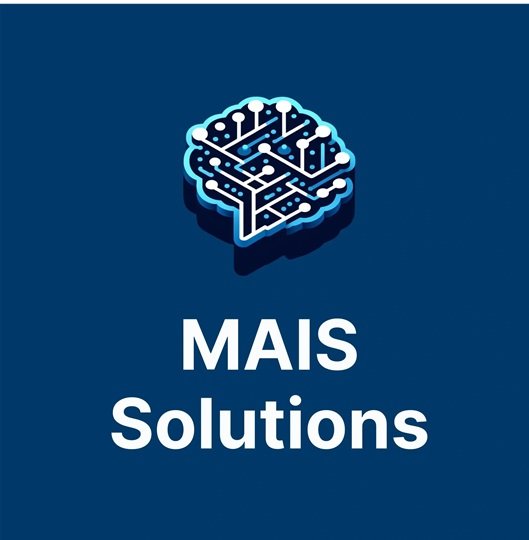Your cart is currently empty!
Introduction to Retrieval-Augmented Generation (RAG)
Back to: Retrieval Augmented Generation and Biz4Group
Defining Retrieval-Augmented Generation (RAG)
Retrieval-Augmented Generation (RAG) is a hybrid AI technique that enhances the capabilities of generative models by incorporating retrieval mechanisms. Unlike traditional generative models that rely solely on pre-trained datasets, RAG systems dynamically fetch relevant information from external knowledge sources to produce accurate and contextually enriched outputs. This dual approach ensures that the generated content is both linguistically coherent and factually precise.
Core Features of RAG:
- Dynamic Information Retrieval: Enables the system to fetch up-to-date and domain-specific data, ensuring relevance and accuracy.
- Enhanced Generative Outputs: Integrates retrieved information into responses, providing contextually appropriate and enriched content.
- Adaptability: Can quickly adapt to new information without requiring extensive retraining of the generative model.
For instance, a RAG-based medical assistant could access the latest research articles to provide accurate health advice tailored to individual patient queries. This makes RAG an essential tool for applications requiring precision, adaptability, and domain expertise.
Key Components of RAG
The architecture of a RAG system consists of two main components: the retriever and the generator. Each plays a crucial role in ensuring the system’s ability to produce factually correct, contextually relevant, and coherent outputs.
1. Retriever
The retriever component is responsible for locating and fetching relevant data from an external knowledge base or document repository. This step ensures the system can dynamically access the most up-to-date and domain-specific information.
- Techniques Used:
- Vector search using embeddings.
- Traditional keyword-based methods like BM25.
- Key Features:
- Scalability: Efficiently handles large datasets.
- Relevance: Selects the most pertinent data for the input query.
2. Generator
The generator is a language model that synthesizes the information retrieved by the retriever into a natural, coherent response. It combines its pre-trained knowledge with the retrieved data to create outputs tailored to the user’s query.
- Key Features:
- Fluency: Ensures the response is linguistically sound.
- Contextual Awareness: Incorporates retrieved data seamlessly.
- Examples of Models Used:
- GPT (Generative Pre-trained Transformer).
- T5 (Text-to-Text Transfer Transformer).
Together, the retriever and generator enable RAG systems to overcome the limitations of standalone generative models, delivering accurate and domain-specific responses across diverse applications.
How RAG Enhances AI Accuracy
RAG, enhances the quality of AI outputs by weaving fresh, external data into the text the AI produces. Rather than relying on a single pre-trained model, RAG goes searching for the best information available in real time. This on-the-fly retrieval means that when a user asks a question—let’s say about the latest mobile phone security updates—the system quickly checks updated sources before generating a response. Compare that to a more traditional AI, which might rely on knowledge from months (or years) ago.
- One immediate advantage is fewer “hallucinations.” These are moments when a model confidently invents something that isn’t true.
- By grounding its answers in active, external knowledge bases, RAG drastically reduces such made-up facts.
In healthcare, for example, a standard AI might hazard guesses about drug interactions based on older training data. With RAG, the model consults current medical journals or official guidelines—meaning the response is not only plausible but also trustworthy. That’s a significant leap forward in accuracy, especially for fields where misinformation can have real consequences.
RAG also stays relevant in fast-moving domains. A finance-focused system, for instance, would be able to fetch recent market stats or company earnings reports the moment they’re published, and then integrate them into its advice. There’s no waiting around for a complete retraining cycle. This real-time access allows the system to keep pace with changing information, ensuring users get answers that reflect the latest data points or industry developments.
Occasionally, RAG sprinkles in some behind-the-scenes cross-checking by comparing multiple sources before settling on an answer. This multi-layered validation can look like:
- Checking official government websites for legal updates
- Verifying details in reputable news outlets
- Consulting domain-specific databases (e.g., PubMed for medicine or IEEE Xplore for engineering)
By doing so, it narrows the margin for error and fortifies user trust. That’s particularly useful in areas like law, where referencing outdated regulations could be a costly mistake.
Another perk: RAG saves time and resources by letting the model tap into fresh data as needed. Traditional AI systems must undergo heavy retraining sessions just to capture new developments—an inefficient approach if you’re working in a field like technology or policy, where change is the norm. RAG essentially “plugs in” new information to produce updated answers on demand.
Applications of RAG in Real-World Scenarios

Retrieval-Augmented Generation, or RAG, brings an entirely new dimension to AI by letting models tap into external knowledge bases on the fly. Imagine a digital library that’s always open, always current, and always ready to feed precise information into an AI’s creative process. That’s essentially RAG: it merges the speed of generative models with the accuracy of immediate data retrieval. Instead of relying solely on whatever the AI “learned” during its original training, RAG ventures out to consult relevant sources—be they medical journals, financial reports, scholarly articles, or even fresh news bulletins—before formulating a response.
Sometimes this retrieval happens quietly behind the scenes. The AI might be asked about the latest regulations in corporate law, prompting it to fetch recent legislative updates, court decisions, or policy guidelines. Once it gathers the facts, it weaves them into a cohesive answer. No long retraining cycle is required. In this sense, RAG acts like a versatile assistant who can always check the most up-to-date references rather than guessing from memory.
- One obvious beneficiary of this real-time approach is the healthcare sector. Doctors can refine diagnoses and treatment plans by comparing a patient’s data with peer-reviewed studies, clinical trial results, and established medical protocols.
- Pharmaceutical researchers similarly benefit from RAG’s ability to sift through massive repositories of articles or drug databases to spot potential breakthroughs.
Consider, for instance, a physician who needs to prescribe a medication to a patient with a rare condition. Traditional AI models might rely on older training data and make a well-intentioned but outdated recommendation. A RAG-powered system, on the other hand, immediately pulls the most recent guidelines or case studies. This real-time access drastically reduces the risk of misinformation in critical care scenarios.
The education field gains a significant edge through RAG as well. Adaptive learning platforms use it to match lesson materials with each student’s progress and individual needs, generating quizzes or study guides that are both timely and relevant. Teachers—pressed for preparation time—can quickly gather course outlines, factual snippets, or sample exercises without combing through endless files. Picture a language instructor who wants fresh examples of idioms from modern pop culture; a quick RAG query yields up-to-date references that capture students’ attention far more effectively than a stale textbook paragraph.
Businesses find that customer support becomes more responsive and precise when leveraging RAG. Chatbots that integrate it can consult real-time FAQ databases, product manuals, and troubleshooting guides, thereby cutting down on those annoying “please hold while we investigate” moments. E-commerce platforms love this level of agility, because it translates into instantly updated product suggestions—no more pitching a model that’s out of stock or failing to mention a newly released item. When a customer has a complex query that spans several departments, RAG manages to pull scattered pieces of data into a unified response, sparing the user from being passed around.
In the realm of business intelligence, RAG gives companies a competitive edge by synthesizing market analytics, competitor moves, and consumer sentiment data. Imagine a sales rep preparing for a big pitch: with a RAG-driven tool at hand, they can instantly retrieve recent press releases about the client’s latest initiatives, fold them into their presentation, and approach the meeting with insights that feel almost clairvoyant. Legal teams also jump on board by using RAG to track new regulations, summarize case law, and draft compliance strategies. There’s no need to hire an army of paralegals to comb through pages of legalese; RAG does the heavy lifting at digital speed.
Data latency and integration complexities aren’t to be ignored. After all, connecting disparate sources and ensuring they remain current is no small feat. But these hurdles haven’t stopped developers and industry leaders from seeing RAG as a transformative step forward. The system’s adaptability can be the deciding factor in fields where accuracy and timeliness matter most—like navigating the complexities of financial trading or delivering breaking news updates.
- Content creators—journalists, copywriters, video producers—also find RAG indispensable for fact-checking and idea generation.
- Marketers incorporate real-time data on consumer trends, ensuring campaigns align with the most recent shifts in public opinion.
Even scriptwriters can benefit. Need references about a historical era for a new TV show? RAG can pull relevant articles or archived photographs to help shape a more authentic portrayal. This process saves countless hours of manual research and raises the bar for creative storytelling. Similarly, social media managers might seek the latest buzzwords and trending topics to craft posts that resonate with users in the moment.
All these examples highlight RAG’s capacity to revolutionize AI-driven workflows. Where older models might be stuck with the knowledge they were trained on, RAG remains open-ended, constantly absorbing what’s happening in the world right now. This blend of generation and retrieval sets a new standard: more accurate, timely answers and a much broader range of potential applications. While the method does present integration challenges—especially around how to handle conflicting or outdated information in real-time—a well-designed RAG system can mitigate risks by pulling from reputable sources and cross-referencing data when needed.
Ultimately, as more organizations adopt RAG, we’re likely to see a shift in how people view AI. Instead of a static machine that spits out guesses from its “memory,” RAG stands as a dynamic collaborator, always willing to learn and adjust on the spot. That could mean life-saving updates in medicine, more intuitive learning tools in schools, lightning-fast customer support in businesses, and richer, data-informed storytelling in media. The fact that all these possibilities rest on a single principle—fusing real-time retrieval with contextual generation—illustrates just how powerful RAG can be in shaping the future of innovation.
Differences Between RAG and Traditional Generative Models
Key Comparisons
| Aspect | Traditional Generative Models | Retrieval-Augmented Generation (RAG) |
|---|---|---|
| Knowledge Source | Pre-trained datasets only | Combines pre-trained and external data |
| Adaptability | Limited to pre-training | Real-time updates and adaptability |
| Accuracy | Risk of hallucination | Enhanced factual correctness |
| Context Awareness | General-purpose responses | Query-specific and domain-specific |
By addressing the limitations of traditional generative models, RAG introduces a dynamic and accurate approach to AI applications.
Challenges and Opportunities in Using RAG
Challenges
- Latency: Combining retrieval and generation can lead to slower response times if not optimized.
- Data Management: Maintaining up-to-date and relevant knowledge bases requires consistent effort.
- Integration Complexity: Designing efficient retrievers and seamless integration with generators demands expertise.
Opportunities
- Scalability: With robust retrieval systems, RAG can handle vast datasets effectively.
- Domain Customization: Easily tailored for specific industries like legal, healthcare, and finance.
- Innovation: Paves the way for multimodal RAG systems combining text, images, and audio for richer outputs.
By addressing these challenges and leveraging its strengths, RAG systems can unlock transformative potential across industries and applications.
Copyright 2024 MAIS Solutions, LLC All Rights Reserved
